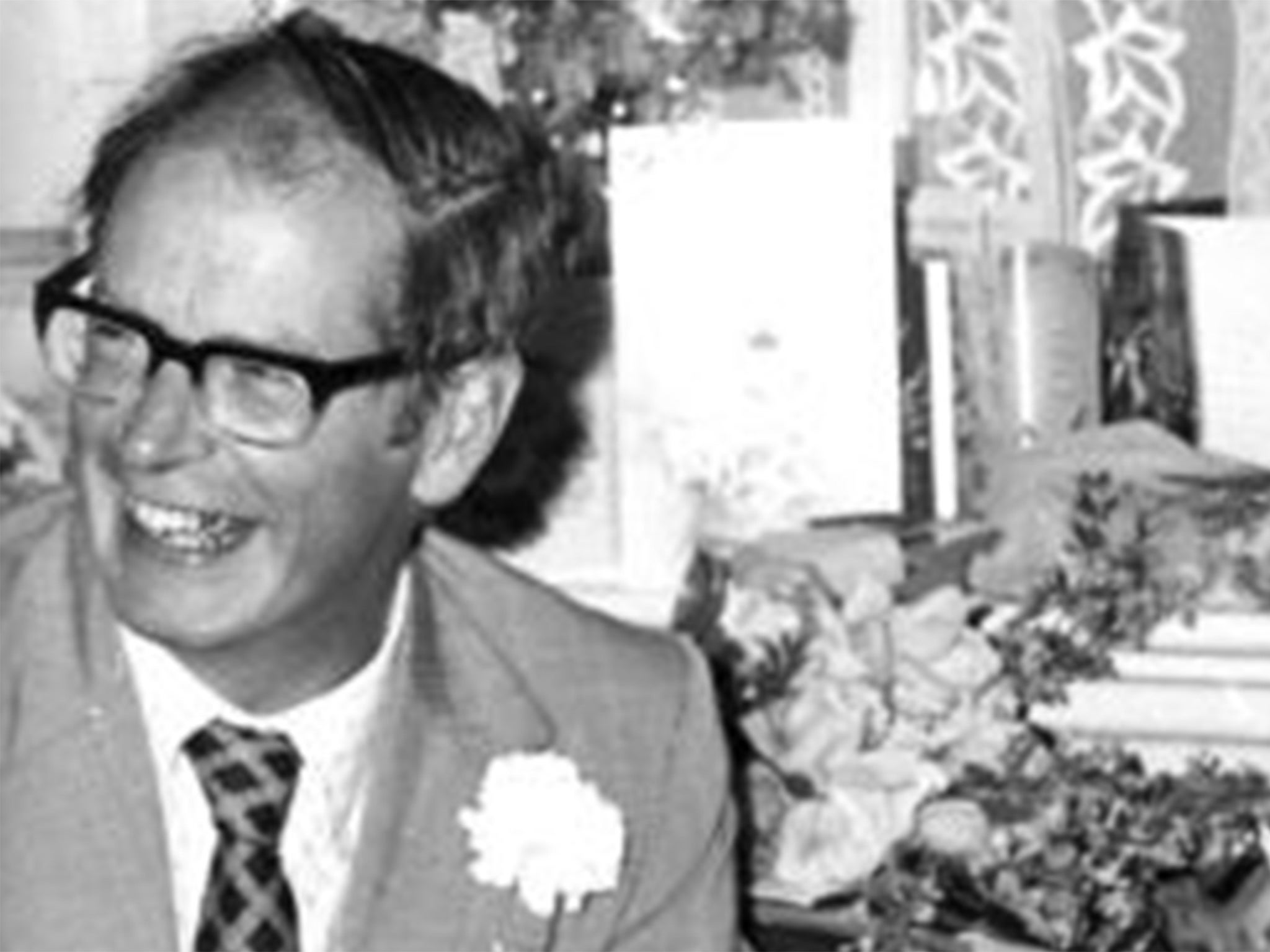Doctor William Conacher: Physician who helped improve care for the elderly and retired miners
It was important to him that patients have what he called ‘as good a death as possible’

Half a century ago, Bill Conacher was one of a small group of young consultants in Britain undertaking pioneering work in the then unfashionable and unglamorous field of geriatric medicine and palliative care. The first time I met Conacher he told me that it was important to him, and to patients’ families, that patients should have “as good a death as is possible.” He was deeply interested in the process of dying and the alleviation of pain and distress.
That great authority on tuberculosis, Professor Sir John Crofton, told me that Conacher’s expertise in the application of appropriate drugs was second to none. And I know personally that his bedside manner in dealing with the elderly was exemplary.
Conacher enjoyed the golden opinions of mining families in the Scottish coalfields, in particular of the prominent miners’ leaders, Abe and Alec Moffat, Mick McGahey and Lawrence Daly, on account of his skill in dealing with elderly miners racked by pneumoconiosis and emphysema,
William Conacher – we all called him Bill – was born into a family in which his father, of Irish descent, was an insurance inspector, his mother a shorthand typist. One of his earliest memories is as a 13-year-old in 1937 fined £1 – no small sum in those days – for riding his bicycle on a pavement. This grievance may have contributed to his strong sense of justice.
He went to Glasgow University (1941-46) as a medical student – a reserved occupation – but proceeded to do his National Service as a Flying Officer (medical) in the RAF. He represented the RAF in the quarter-mile and carried the Scottish flag at the Student Games in 1947, and was a reserve for the London Olympics the following year. He was a lifelong member of the Victoria Athletic Club in Glasgow.
His first job was a houseman in the Western Infirmary in Glasgow, and he worked in Aberdeen and Dundee before becoming a consultant at 36 at Bangour. His expertise on silicosis brought him into contact with my parliamentary colleague Dr Sir Barnett Stross, Under-Secretary of State for Health in the Wilson government and chosen as their MP by the Potteries trade unions because of his work on silicosis and dust-related industrial diseases.
In 1960, when Conacher became one of the consultants, Bangour Hospital was famous throughout Europe on account of its specialist burns unit. Many victims were in the course of time transferred to Bangour Village Psychiatric Hospital. Conacher invited me, as a new MP, to go with him on his weekly round.
When I complimented him on the care and time he took talking to one poor soul, Conacher responded gently – he was gentle in all he did – “Don’t you think that Jock deserves my particular attention? He has been here since he was a strapping 19-year-old at the first Battle of Loos [1915].” Conacher touched the lives of many families in Central Scotland, and contributed to the better understanding of the needs of the elderly throughout the United Kingdom.
William Dawson Hamilton Conacher, physician: born Glasgow 4 February 1924; married 1957 Eiona Innes Moir (three daughters); died Edinburgh 24 September 2015.
Subscribe to Independent Premium to bookmark this article
Want to bookmark your favourite articles and stories to read or reference later? Start your Independent Premium subscription today.

Join our commenting forum
Join thought-provoking conversations, follow other Independent readers and see their replies